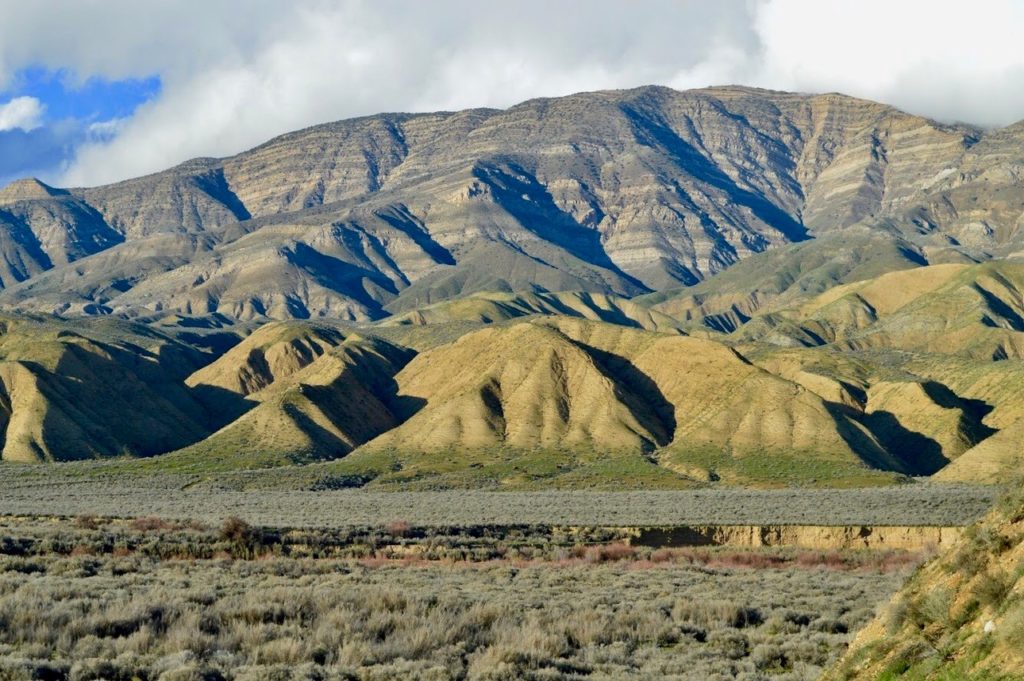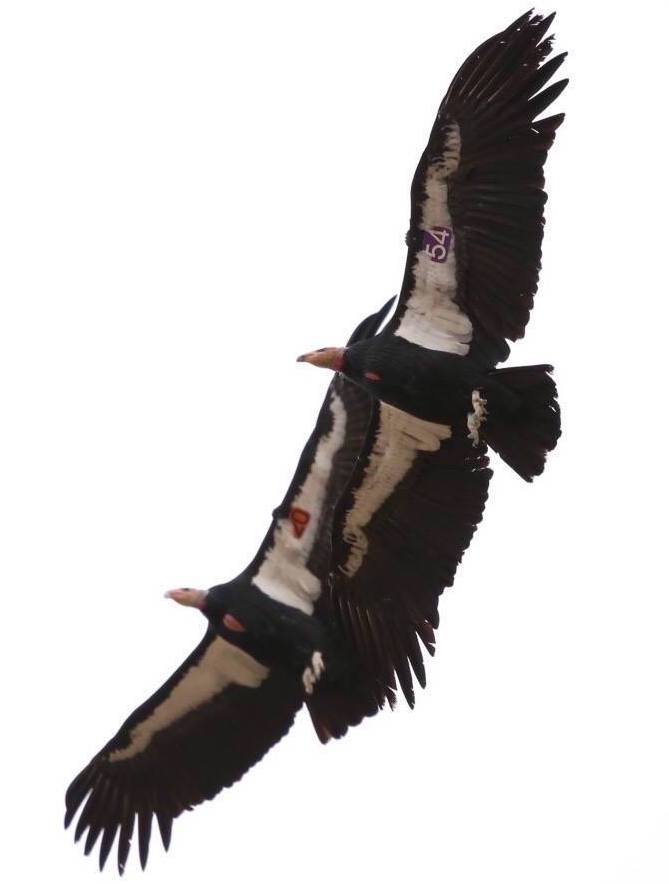
BAKERSFIELD, Calif.― The California Bureau of Land Management has agreed with conservation groups that plans for a new oil well and pipeline in Carrizo Plain National Monument failed to comply with federal environmental laws. The July 12 decision, announced today, said the local BLM office must consider potential harm to California condors, other imperiled wildlife, and the climate.
The decision sends the BLM’s environmental review back to the agency’s Bakersfield Field Office for a new analysis, including a consultation with the U.S. Fish and Wildlife Service.
“The Carrizo Plain National Monument is one of California’s iconic landscapes and we’re relieved that the BLM will reconsider its decision to allow a new oil well and pipeline on this treasured landscape,” said ForestWatch Executive Director Jeff Kuyper.
Los Padres ForestWatch and the Center for Biological Diversity appealed the project’s approval in April 2018. It would have been the first well approved by the Interior Department in the monument since it was established in 2001.
“We’re thrilled the California BLM now recognizes that new oil wells can’t be allowed in Carrizo Plain without analysis of their contribution to the climate crisis,” said Lisa Belenky, a senior attorney at the Center. “The earlier decision would have undermined this spectacular national monument’s conservation purpose and threatened rare wildlife like the California condor. The Trump administration can’t be allowed to keep expanding oil and gas drilling in the face of climate change. We need to keep dirty fossil fuels in the ground and turn to renewable energy sources.”

The BLM’s California deputy director found that the agency’s Bakersfield Field Office approved the project without analysis to show the decision would not harm threatened and endangered wildlife. The field office also failed to consider the greenhouse gas emissions and effect on climate from the oil well project.
The proposed well site was located at the base of the Caliente Mountains along the western boundary of Carrizo Plain National Monument. The area is home to several protected species, including the threatened San Joaquin antelope squirrel, the endangered San Joaquin kit fox, and a threatened flowering plant called the Kern mallow. Endangered California condors also visit this area with increasing frequency as the birds continue to expand into their historic range.
The oil well would have been drilled on an existing oil pad that hasn’t produced oil since the 1950s. Two years ago, the BLM approved the oil company’s request to formally abandon the pad and remove an old well, pipelines and other equipment from the site. The company also pledged to recontour and reseed the pad and a half-mile access road leading to it, restoring the area to natural conditions. The work was never done.
Existing oil leases were “grandfathered” in under the monument proclamation signed by President Bill Clinton in 2001 but must now comply with more stringent standards. The new well would have been drilled in the Russell Ranch Oil Field, which covers approximately 1,500 acres of the monument and adjacent private land. In 2016 the field produced only 125 barrels of oil per day―0.02 percent of the state’s total oil production―making it one of the lowest-producing oilfields in the state. The field is reportedly nearing the end of its useful life.
Background

C
The Carrizo Plain is critical for the long-term conservation of this dwindling ecosystem, linking these lands to other high-value habitat areas like the Los Padres National Forest, Salinas Valley, Cuyama Valley, and Bitter Creek National Wildlife Refuge in western Kern County. Honoring the area’s high biodiversity, limited human impacts, and rare geological and cultural features, the Carrizo Plain was declared a national monument in 2001. It includes more than 206,000 acres of public lands―perhaps the largest native grassland remaining in all of California.







Comments are closed.